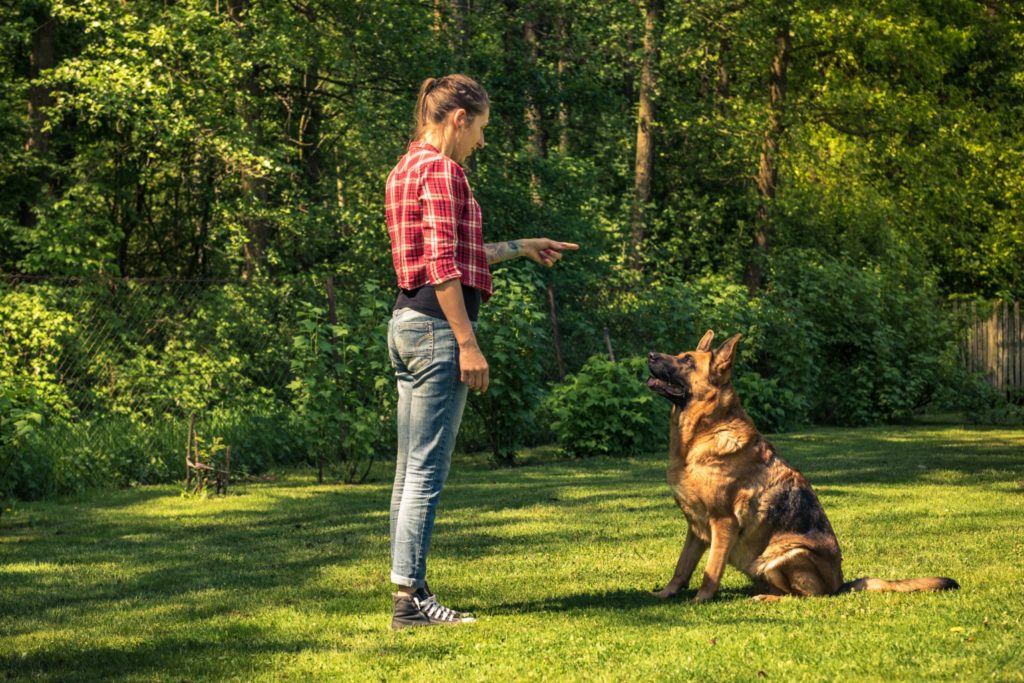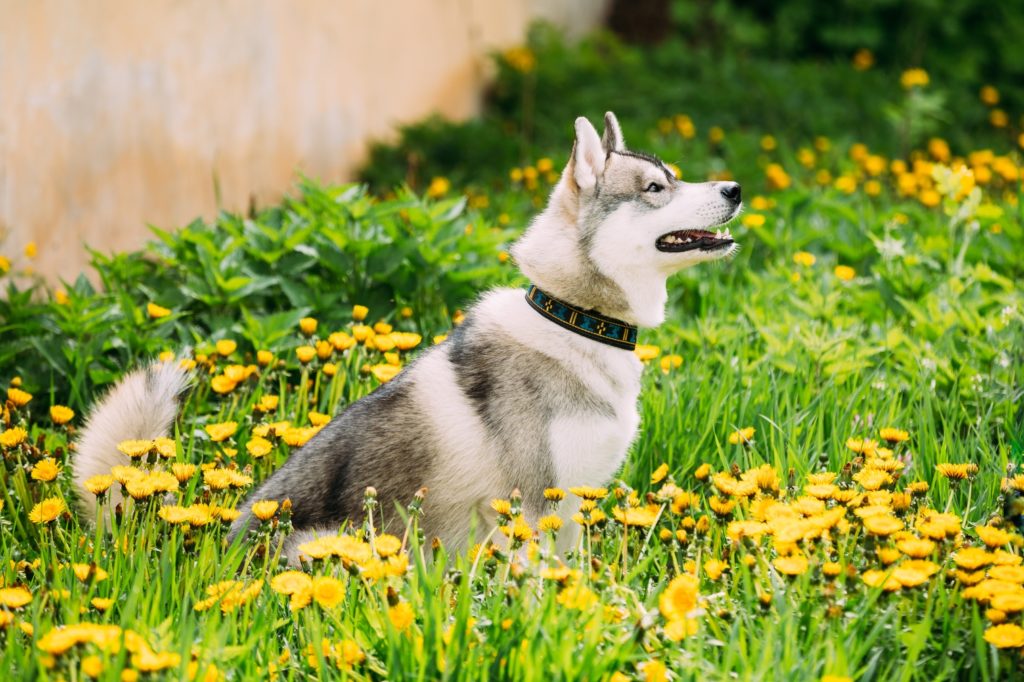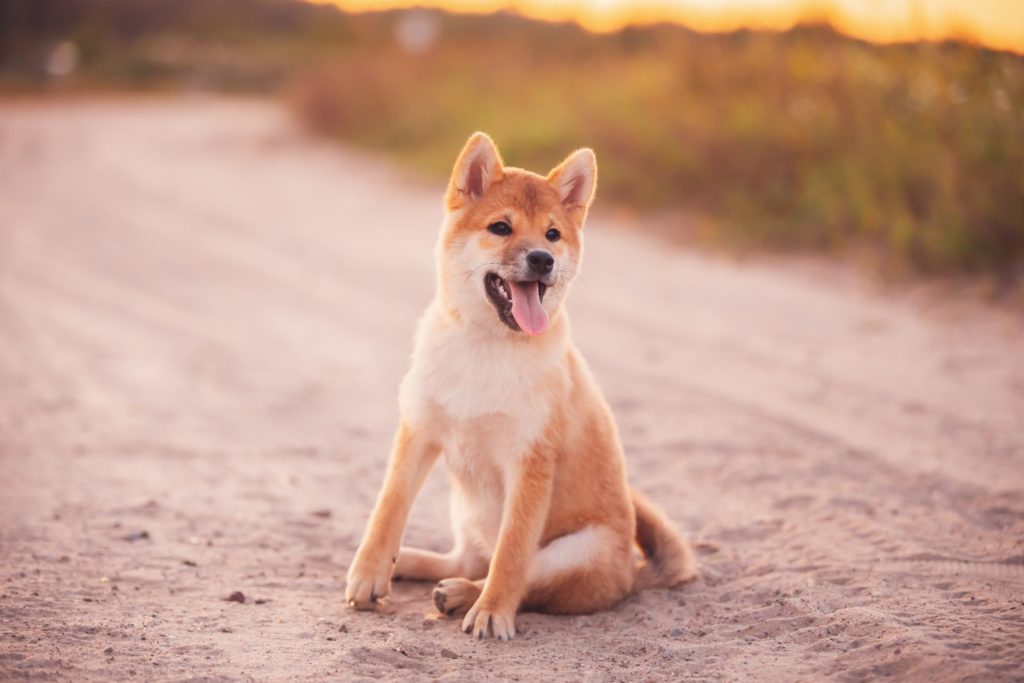Ideally, you’ll start to teach a dog to sit while it is still a puppy, but it’s quite possible to teach an older dog this trick. Since this is a basic skill, sitting is a command that you’ll be teaching early on and is the base for more complicated commands that come later. In this article, you’ll learn how to teach a dog to sit.
Why Teach Your Dog to Sit?
The sit command is one that serves as a base for many other commands. Once your pup can sit, it’s easier to teach them to lie down, stay, wait, etc. These further commands are taught after you have the dog sitting.
Sit is also a very important command for safety. If your dog is out in public, you want to be able to have them sit to prevent them from jumping into traffic or tangling themselves up with other dogs or people. It also helps to have your dog sit if you need to do something with them, such as put a collar on, or give a shot at the vet.
If your puppy tends to jump up, you can use the sit command to teach them to sit when greeting you instead of jumping. This is an extremely useful habit to cultivate as your dog grows and gets bigger. Have them sit before you will pet them and you will always have a polite dog meeting you at the door.
In short, teaching your dog to sit is far more than just a fun trick. It will serve you well as you continue training your dog.
Using Hand Signals when Teaching Your Dog to Sit
When you want to teach a dog to sit, it’s helpful to use a hand signal. Not only does this reinforce your words, it also lets you command from a distance if you need to. For example, if your dog is on the other side of the street and a car is coming, your hand signal can be more effective than trying to call over traffic noise.
For sitting, you can use whatever signal you want, but a good one to use is to lift your index finger in the air. Always use the verbal command with the hand signal when you’re training your dog so they don’t get confused.
In time, you can use only the hand signal or only the verbal, if you like. However, your dog should have a solid understanding of the command before you start to work toward that.

How to Teach a Dog to Sit
Training with food is a good way to start out. Eventually, your puppy will learn to sit without needing a treat. If you plan to use a clicker, you should use it now.
1. Get the Dog’s Attention
You’ll need your dog’s full attention to teach them. Make sure you have a quiet, distraction free area to work in and remove toys and other people from the space. Show the dog the treat and move it close enough that they can smell it. The dog should focus entirely on you.
2. Give the Command
If the dog is already sitting when you are about to start, you need to move back, showing the threat. This will get your puppy moving toward you, so they’ll stand up. Now you can tell your dog to “sit” and move to the next step.
3. Move the Treat
Gently move the treat toward the top of the dog’s head, just above it. They will tip their head back to follow it and should sit down, which is exactly what you want them to do.
4. Reinforce Good Behavior
Watch your dog carefully and as soon as that butt touches the ground, tell them “good dog!” and give the treat. You should always use a word or phrase to help reinforce the proper behavior.
5. Repeat
When your puppy has successfully completed the command, you’ll need to do it again. The first few times, they won’t be sure why you’re so happy with them, but dogs are eager to please you and will try to understand. That’s why it’s so important for you to repeat the command.
Aim for 4-6 sits before you call it a day and remember to finish the session on a good note. Your sessions should not run longer than 10 minutes, or you’ll find that the puppy starts to lose interest. Older dogs will have a longer attention span, but short sessions will help them stay focused, too.
6. Practice
Puppies in particular don’t have long attention spans, much like children. You should keep your training sessions pretty short and always end on a success. When your puppy sits successfully, give them the treat, praise them, and then end the training session.
There’s nothing wrong with doing a few short sessions per day, but keep in mind that your dog should be focused and not too tired or overexcited. Training after a nap is a great idea.
7. Introduce Distractions
Now that your puppy can sit in a quiet atmosphere, you need to practice in a noisier environment. Start out with just one distraction, such as another person in the room, or a favorite toy. As your dog proves able to handle this, add in more distractions until you can take your dog to a park or into the street and have them sit without issue.
If your dog tends not to hear you at first, try calling their name to catch their attention, then give the command.

Beyond the Basics: How to Train a Dog to Sit Every Time
Once you’ve gone over the above steps frequently, your dog will be able to sit on command, but will they obey every time you give them the command? The trick to making sure they continue to listen and respond is to phase away from treats and continue to practice with them.
Eventually, just praise will be enough to keep your dog responding to your commands. If you use a clicker, you can also continue using this to reinforce the behavior. Stick to one command at a time and ensure your dog completely understands each one before moving on to the next one. This is especially important when working with a young puppy.
Never, ever reward your dog when they haven’t completed the sitting action. You might notice that your puppy starts to barely touch their butt to the ground and then stand up, expecting a treat. While this is normal in the first stages of training, don’t reward this behavior after the first session. Once they understand the command, it’s essential the dog understands they need to stay sitting.

Let us know how you get on! Have you taught your dog to sit successfully?

Hi guys, I have a 6-month old puppy, and I’m wondering how I can get him to stop biting, so this article helped me a lot. Also, I want to teach him to “shake hands”… Been searching for some methods, found this one, and I’m wondering if yo think it will work, if I follow this method?
https://smartsdog.wordpress.com/2020/08/25/how-to-train-your-dog-to-shake-every-time/